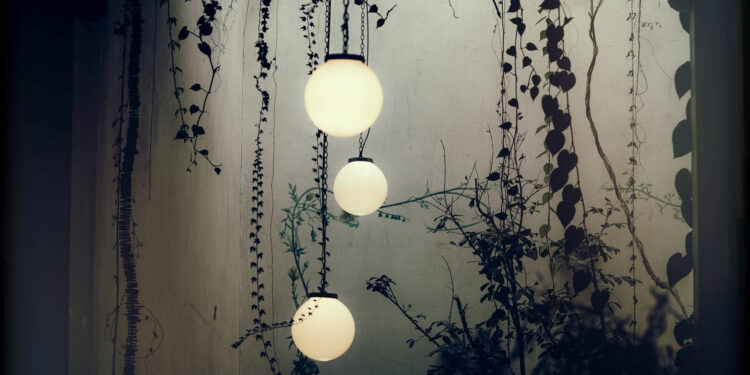During the holidays I saw a cartoon on Facebook where a man asked Santa for a large picture window on the south side of his house, so he could grow plants in his home. Sadly, Santa said it was a request he could not honor. I feel the man’s frustration! I have two windows on the east and two on the west and four facing north.
As plant lovers know, a northern exposure is the worst, and only a few plants will tolerate the low light. There are houseplants that can exist with little light, or low light plants survive in a northern exposure, but often don’t really thrive. While there are a few houseplants that will live in a low light environment, it is nearly impossible to have blooming plants in a North window.
So, what is a gardener to do? The easy answer is to place plants under grow lights. Lighting systems can be elaborate to simple. Aluminum frames with built-in lights can be purchased in one to several tiers high. Often, they include a plastic cover to help hold in humidity. They look great and are neat and orderly with removable trays. The lights can be raised or lowered as needed. However, they tend to be very expansive, often costing hundreds of dollars. A grow light is made in such a way it includes the wide spectrum of light for the plants to grow and bloom.
Two and four feet freestanding lights are much less expensive and are more flexible. The newer grow lights use LED lights, which are brighter and cheaper to operate. They too, can be adjusted up and down as needed. Some prepackaged grow lights sold in places like Walmart use blue and red LED lights, which are supposed to provide the spectrum of light needed for flowering plants. I personally do not like the blue/red lights because they cast an unnatural light on the plants. In the kitchen I grow African Violets using one of these lights and the odd coloring makes it difficult to enjoy the true beauty of the flowers.
Plants need at least 16 to 18 hours of light to flourish. All my grow lights are connected to timers, so daily they turn on and off automatically. Many beginners make the mistake of raising the light too high above the plants. This will cause the plants to stretch and weaken their growth. Lights placed too close, might burn the leaves and hinder the view of the flowers.
It is truly amazing the variety of flowering plants that will do well and freely bloom all winter. Presently 18 forced Hyacinths, Paperwhites, Tulips, and Daffodils are in full bloom under the free-standing lights. Their sweet perfume is heavenly! Geraniums, assorted Begonias, Orchids, flowering succulents, and a host of other plants love the artificial lights and will reward you with a rainbow of color!
Another option is the hydroponic kits. One popular machine is named AeroGrow. Seed pods are placed under a grow light. The bottom half of the machine is filled with water and fertilizer. The machines have timers and indicate when it is time to add water and fertilizer. It is astonishing the amount of fresh herbs that can be grown with one of these machines. My mother has had two of these machines and grew so much Basil she was using it as salad greens! The first time I saw one of these machines in operation was at a garden center. They had grown a cherry tomato plant, and it was loaded with sweet bright red tomatoes!
If you are only interested in starting seeds, all that is needed is a light fixture and regular florescent bulbs. In the past I have started tomato plants, special Petunias, unusual Begonias under grow lights suspended over a table in the basement.
So, if you were disappointed Santa didn’t bring you a large new picture window for the southern exposure, consider a grow light. I guarantee both you and your plants will enjoy the results!
Image by Free-Photos


